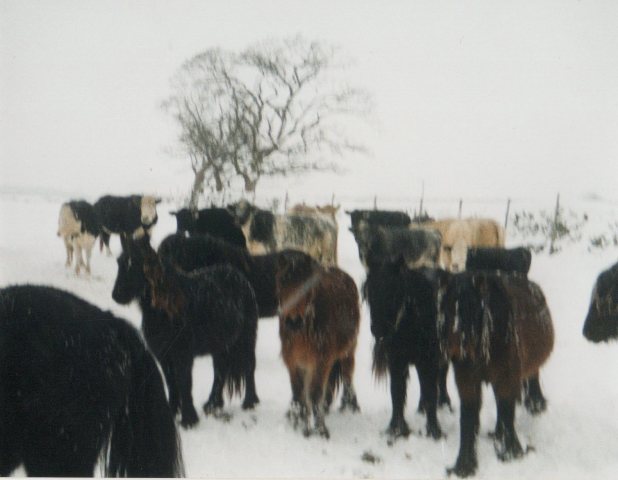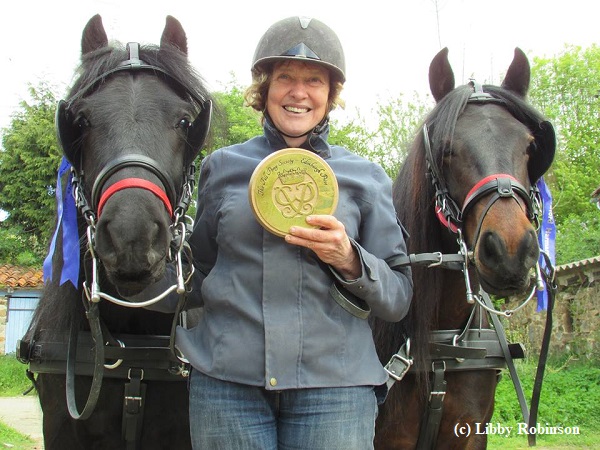A Footing Sense Reminder
/I learned about the footing sense of Fell Ponies several years ago thanks to a long time breeder and a particular Fell Pony mare. This characteristic of Fell Ponies came up in a conversation with the breeder about what fell-bred ponies know that is lost over generations when the ponies are bred away from the fells. It is the sense to know where to place their feet to be safe in crossing terrain. For ponies on the fells, it can be a knowledge of how to cross bogs that is important. In my case it is usually how to navigate over snow and ice.
I’ve been using that same Fell Pony mare as my chore pony this winter. And I’ve been trying to use her more than in the past, my thinking being putting miles on her legs is beneficial for her and saving miles on mine is beneficial for me. Where I used to ride her up and down the driveway for chores once a day, I’m now doing it as often as three times a day. I figure I’m saving myself nearly three miles of walking a week!
Rather than heading straight down the driveway, which is covered with packed snow, I noticed that my mare was starting to weave from side to side to middle to side to middle to side of the road. We were taking longer to get to our destination, and I concluded my pony was asserting her independence rather than following my instructions about where to go. Clearly I needed to take control of the situation, my thinking went. So the next time she started to wander from one side of the road to the other, I took up the reins and asked her to continue on the line down the road that we’d been on.
Perhaps you’ve already guessed where this is going. You would think I wouldn’t need to be reminded about the footing sense of a Fell Pony because I value their intelligence so much. Within a few strides of me forcing my pony to stay on a line that I had in mind, she started slipping. She hadn’t slipped on our rides for weeks before that! Apparently that weaving from side to middle to side of the road was about finding good footing, and she was using her footing sense rather than being disobedient. I chuckled at the comeuppance I’d been dealt (not the first time by a Fell Pony), and I’ve gone back to letting my pony choose our path down the drive. Hopefully I won’t need a reminder about footing sense ever again but somehow I’d bet I will!
© Jenifer Morrissey, 2019
You can read my previous stories about footing sense in my book Fell Ponies: Observations on the Breed, the Breed Standard, and Breeding, available internationally by clicking here or on the book cover.

























